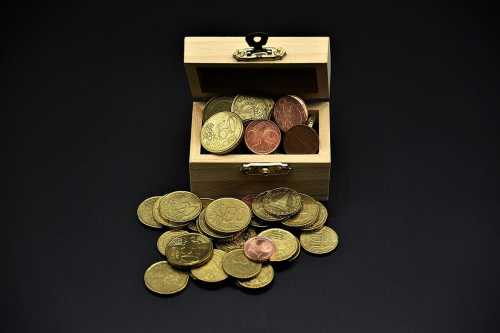
Previously, the US dollar took a sustained nosedive to hit multi-year lows against a basket of currencies, belonging to six of the United States’ biggest foreign trade partners – the euro, yen, pound sterling, Canadian dollar, Swedish krona and Swiss franc – reaching 89.74 cents in April 2018.
The US dollar continued sinking as 2020 was set to finish, allowing currencies ranging from the euro to the Chinese yuan to strengthen.
On the last day of the year investors were wielding the “twin deficits” excuse for shorting the dollar, as a new US stimulus bill was seen as further compounding the nation’s debt amid an explosion in the budget and trade deficits, according to Reuters.
The United States has been in this category, ascribed to economies that have both a fiscal deficit and a current account deficit, for years. According to the Census Bureau, America’s trade deficit was $63 billion in October, and the current account was in deficit to a tune of $179 billion in the third quarter, according to the Bureau of Economic Analysis.
Analysts have been staking everything on forecasts that the global economic recovery in the wake of the coronavirus pandemic would funnel money into riskier assets, especially in emerging markets.
Dollar in a ‘Funk’
The dollar sank against a basket of currencies to 89.643c – its lowest since April 2018, when it stood at 89.74c. The overall drop for 2020 is 7.2 percent.
The next target predicted by analysts is 89.277c and then 88.251c.
The dollar was buying 103.15 yen on Thursday, managing to stay above the December low of 102.86.
The euro, reaching its highest level since April 2018, stood at $1.2291, with a gain of almost 10 percent for the year.
The greenback also slumped against the Chinese yuan, reaching 6.4900 for the first time since mid-2018.
Sterling held gains after lawmakers approved a post-Brexit trade deal with the European Union, stretching as far as $1.3641 – a level not seen since May 2018.
As forecasts for 2021 suggested more optimism on the back of a global economic recovery, the need for the safe-haven dollar dwindles.
He added that the further “deterioration” in the twin deficits will hardly burnish dollar sentiment.
Sourse: sputniknews.com






